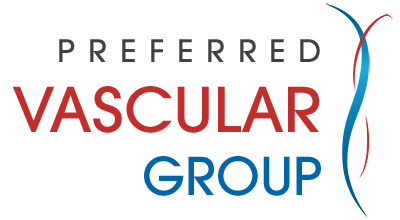Minimally Invasive Vein Ablation
Abnormally large and visible veins, usually seen in the legs, are referred to as varicose veins. Veins are blood vessels that flow deoxygenated blood back to the heart and have directional one-way valves to prevent blood from flowing the wrong direction. If the one-way valve malfunctions and leaks, blood can pool in the veins, causing them to become enlarged varicose veins.
What is Vein Ablation?
A common treatment for varicose veins is called vein ablation. Vein ablation is a minimally invasive procedure, usually performed in an outpatient setting. It typically involves the use of numbing cream and/or local anesthetic applied in the area of the vein to be treated.
Then, a doctor will insert a catheter through a small incision into the abnormal vein and use an ultrasound device to observe the vein and map out its path. After the catheter is in place, an electrode is inserted through the catheter. Next, the catheter is retracted slightly to expose the electrode tip and the electrode is energized. It heats the vein, cauterizing it as the catheter is removed. Lastly, the incision area is bandaged.
The vein ablation procedure generally takes about one hour to complete and usually does not require sutures. It usually varies from being relatively painless to bringing about a bit of mild discomfort. Patients may feel slight pressure when the catheter is inserted, but often the most uncomfortable part is the injection of the local anesthetic.
After the procedure is complete, patients are directed to wear a compression stocking to limit tenderness and bruising. Normal activity and lifestyle may be resumed immediately; however, air travel and prolonged sitting are not recommended.
Why a Minimally Invasive Vein Ablation May Be Recommended
Some people simply do not like the appearance of varicose veins, however other symptoms of varicose veins can include:
- A throbbing pain in the area of the vein
- Swelling or painful inflammation
- Irritation or discoloration of the skin
Vein ablation is more effective than other techniques for treating varicose veins, including a more traditional vein stripping procedure. It is also less invasive and has a faster recovery than other procedures.
Schedule a Consultation
If you would like to schedule an appointment at Preferred Vascular Group to have a consult with a board-certified physician or would like to have one of our highly-trained care providers reach out to you, please click on a button below:
